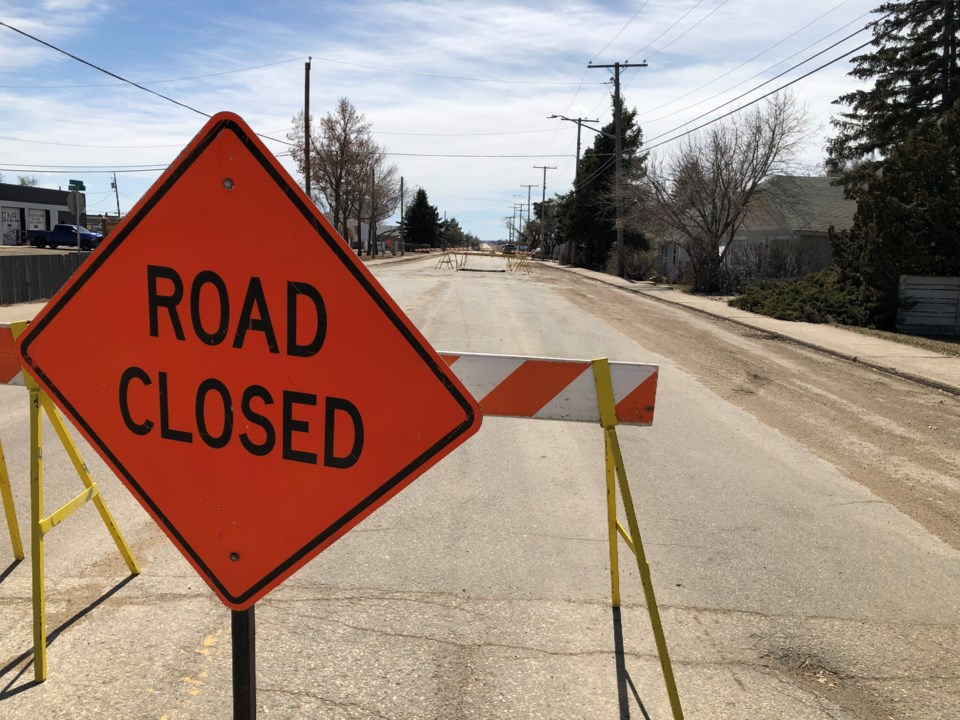City hall’s general capital budget — which funds major construction, renovation and rehabilitation projects — is facing a nearly $60-million deficit over the next half-decade, with few new revenue sources in sight.
From 2024 to 2028, the general capital reserve is expected to have $59,026,687 to fund projects, while the total funding required to support those initiatives is expected to be $118,938,617 — a deficit of $59,911,930, the budget report shows.
The reserve provides funding for all core infrastructure projects, such as sidewalks, pavement rehab, bridges, building improvements and general park upgrades.
The sources of funding for the general capital reserve include municipal surcharge money from SaskPower and SaskEnergy, municipal taxation, investment income, housing reserve, CP Rail, parks and recreation infrastructure levy, parks dedication reserve, third-party funding, the Events Centre and Yara Centre reserve and traffic safety reserve, the document added.
“There are some significant challenges in that budget next year and over the next five years … and not a lot of additional revenue sources,” finance director Brian Acker said during the Dec. 6 budget meeting.
Acker noted that Moose Jaw does not receive much provincial federal grant funding, which contributes to the shortfall. He recalled reading an article about how 60 per cent of all Canadian land is municipally owned, but Ottawa only provides four and eight per cent of tax revenues to maintain that property.
Finding ways to tap into that money is crucial since that funding ensures the municipality can complete projects, he continued. One thing they could do is have third-party community groups pay a percentage for projects since the city shouldn’t be expected to pay 100 per cent.
While CP Rail’s $8,939,500 contribution is listed in the budget, that number is “imaginary right now” because the company hasn’t given it yet since the business and the city are going through mediation over the Fourth Avenue (Thunderbird Viaduct) bridge, Acker said.
City administration hopes that the rail company funds 50 per cent of the bridge’s rehabilitation costs, which are expected to be $22 million.
The most significant growth in capital project needs recently has been in the parks and recreation department, which pushed off renewal and maintenance of its venues for years — similar to the cast iron situation — and is now attempting to catch up, Acker said.
In 2018, the department’s five-year capital request was $7.3 million, while next year, the five-year request is $36.1 million, the report said. The estimated replacement cost of all venues, buildings and green spaces is roughly $500 million.
Acker noted that the outdoor pool is expected to cost $12.5 million, although its expenses continue to increase daily.
“We’re not capable of funding that right now, not without provincial and federal grant funding,” he said.
The engineering services department also requires increased funding to address areas of transportation, storm sewers and slumping areas since the estimated cost to replace these assets is roughly $1 billion, the report said.
The department’s five-year capital funding request in 2018 was $45.2 million, while next year, that half-decade request is $69.1 million.
The land development reserve is also part of the operating capital budget and funds land development projects. This reserve requires $18,452,029 over the next five years.
Land sales, however, have dropped off during the past four years even though they usually generate about $1.5 million annually, said Acker. It is administration’s priority to get this area back on track since it’s a good revenue generator.
The major land projects that city hall is pursuing next year include servicing phases 5 and 6 of the Westheath subdivision —the sale of 36 lots should generate about $3 million — and spending $1.3 million in the agri-food industrial park to build a road to the lift station and service lots adjacent to that road, he added.
The next budget meetings are Monday, Dec. 11, Wednesday, Dec. 13 and Monday, Dec. 18.
In response to some providers blocking access to Canadian news on their platforms, our website, MooseJawToday.com will continue to be your source for hyper-local Moose Jaw news. Bookmark MooseJawToday.com and sign up for our free online newsletter to read the latest local developments.




